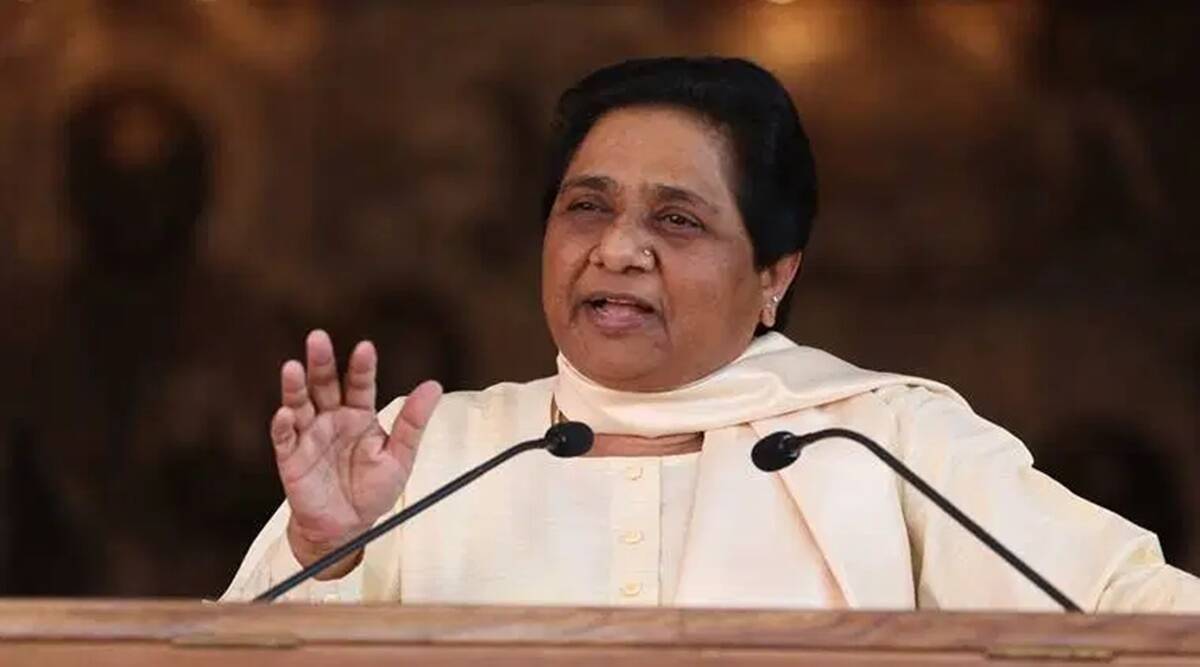
Political parties in Uttar Pradesh are actively preparing for the 2024 Lok Sabha elections. However, the recent Ghosi by-election has forced parties to rethink their strategies, as the results have shaken some established assumptions. The Samajwadi Party (SP) has gained momentum afterits victory and the Bharatiya Janata Party (BJP) has resumed conducting surveys among its allies.
The results of the bypoll, however, have become the Bahujan Samaj Party’s (BSP) greatest concern. The BSP is concerned about losing its core vote bank in Uttar Pradesh. Although the party did not field any candidates in Ghosi, the Opposition’s I.N.D.IA. alliance has claimed that it has received support from Dalit voters.
The party fears that if the message spreads that their base vote bank is slipping away, it could pose challenges for them in 2024. After the 2007 elections, where the BSP received 1.93 crore votes, the party secured a single seat in the 403-member Uttar Pradesh Legislative Assembly.
The BSP’s current challenge is that lacks leaders who can appeal to its voters. While BSP supremo Mayawati holds periodic meetings, she cannot constantly interact with party workers at the grassroots. Although her nephews, Akash Anand and Anand Kumar, are being promoted by the party, they are not prepared to reach out to party workers either.
Consequently, grassroots-level workers are moving towards other parties. The party has resumed its social engineering formula to appeal to various sections of society, focusing particularly on economically weaker sections of the OBCs.
Party leaders have been assigned specific objectives for the same. The BSP is now organising camps in several Dalit-majority villages. The ruling party in the state, BJP, and its allies are also making efforts to gain Dalit votes and are planning to entice them with various benefits. They are also relying on the welfare schemes of the central and state governments to woo the weaker sections.
The BJP has deployed workers to promote these schemes. The BJP’s focus on Dalits and OBCs is an attempt to improve its position in the upcoming Lok Sabha elections. Meanwhile, the Samajwadi Party’s strategy is centred around its “PDA” formula which stands for Pichde, Dalit, Alpasankhyak (Backward Classes, Dalits, Minorities).
The Samajwadi Party is planning to garner Dalit votes through leaders from the Dalit community who have joined the SP and are actively working with the party. The party is also using cases of Dalit oppression, particularly the Hathras case, to highlight an alleged “anti-Dalit attitude”, in Uttar Pradesh. Meanwhile, the Congress is relying on leaders like Nasimuddin Siddiqui and Nakul Dubey, who left the BSP, to regain Dalit support.
While the Bhim Army has not yet achieved electoral success, Chandrashekhar’s growing popularity and his alliance with national parties could pose a threat to other parties in the Lok Sabha elections. If this happens, it could spell the end of the road for BSP leaders who have relied on Dalit voters’ strength.